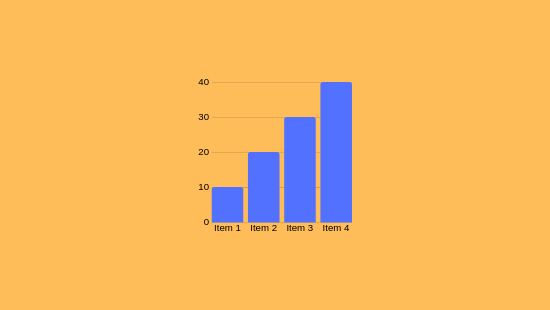Understanding the Functionality of Forex Indicators

As you explore Forex indicators, you'll discover they are computational techniques that scrutinize market numbers to forecast market movements. These indicators aid in signaling trends, validating signals, and detecting overbought or oversold situations. For example, the Relative Strength Index (RSI) gauges momentum, while Bollinger Bands measure variability. Refining your trading strategy by combining these metrics is essential, especially if you aim to manage risk effectively.
Grasping the Core of Forex Indicators
Forex measurement tools are mathematical aids embedded in charts to aid investors in scrutinizing market dynamics and executing calculated trades. They offer insights into price movements and potential trading opportunities by processing historical and real-time data.
Forex indicators are divided into four primary groups: trend indicators (e.g., Moving Averages), momentum indicators (e.g., Relative Strength Index), volatility indicators (e.g., Bollinger Bands), and volume indicators.
These tools can indicate market turns, confirm trends, or highlight overbought/oversold climates. If you're focused on refining your trading strategy, grasping their roles is fundamental.
Types of Forex Indicators
When assessing market trends, investors often deploy a variety of indicators to aid in decision-making.
Forex indicators can be grouped into different types, each fulfilling distinct functions.
Trend Indicators like Moving Averages (MA) and Bollinger Bands assist in detecting trends and potential breakouts.
Momentum Indicators, including the Moving Average Convergence/Divergence (MACD) and Relative Strength Index (RSI), recognize shifts in price momentum and indicate excessive buying/selling.
Volatility Indicators like the Average True Range (ATR) quantify market variability, assisting investors in setting stop-loss thresholds.
When applied wisely, these tools can boost trading proficiency.
Essential Instruments for Trading Choices
To effectively make trading decisions, understanding and applying key indicators that evaluate market states is essential.
Price Movements (MA) display average prices over determined timeframes, revealing trends by evening out variations.
The Relative Strength Index gauges market force on a 0–100 scale, flagging overbought conditions above 70 and highlighting excessive sell below 30.
Moving Average Convergence Divergence analyzes two exponential moving averages to validate directional trends, with histograms displaying positive or negative trajectories.
Bollinger Bands apply standard deviations around a moving average to determine volatility and potential reversals.
Retracement intervals denote support/resistance zones considering historical shifts.
Combining these measures enhances precision by verifying signals if congruent, enabling exact timing for currency pairs.
Employing Indicators in Risk Oversight
As you refine your trading strategy, effectively applying indicators for risk control is essential. Indicators like Moving Averages and Bollinger Bands notice volatility and spot viable trade junctures for risk minimization.
These instruments allow for exact stop-loss orders and limit orders, critical for modulating potential losses.
For instance, applying stop-loss orders caps losses to a certain limit, such as 2% of your trading portfolio per trade. This disciplined tactic aids in managing forex risks by limiting exposure to fluctuations and leverage, which are significant challenges in currency trading.
Combining Indicators for Enhanced Accuracy
Combining indicators is a sophisticated strategy for boosting precision in forex trading. This approach allows for the use of diverse instruments to evaluate several aspects of market dynamics, such as trends, momentum, and variability.
By utilizing indicators like Moving Averages, RSI, and MACD, you can formulate formidable trading strategies. For example, pairing Moving Averages with RSI and Volume validates trend direction and momentum, while Bollinger Bands with Stochastic assess fluctuation and anticipate reversals.
If website diverse measurement tools work together, duplications are minimized, and investment prompts are uplifted.
Conclusion
You've understood how forex indicators function, encompassing their diversities like trend, momentum, and volatility indicators. These instruments aid in uncovering pivots and validating ongoing trends. Through combining tools, investment accuracy is boosted, and risk management is conducted more adeptly. For instance, using the Relative Strength Index (RSI) to spot overbought conditions and Bollinger Bands to evaluate volatility can improve your decisions.